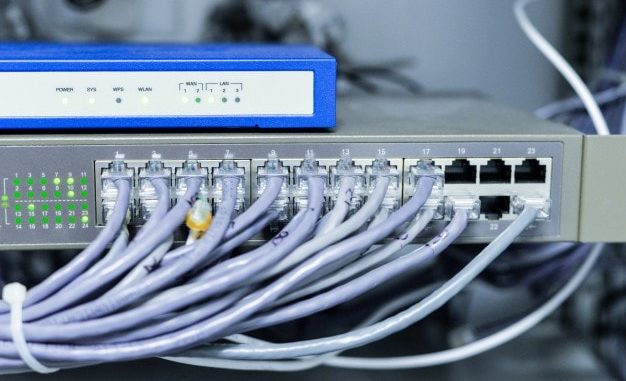
In this article, we will talk about a network device. What is a router? A kind of networking device that is used for forwarding the data packets between different computer networks. What else routers does is that they perform the traffic in such a direct way that always functions on the Internet. Then, the data packet is most of the times forwarded from one router to another by the internetwork, and that is exactly when it reaches the destination code it searched for.
When talking about router connections, it is the must for you to know how it is always connected to two or even more data lines that come from different networks. What happens when the data packet comes out of the line? Then, the router is ready to read every network address that information needed. With the address, it can easily determine the destination of the packet. What router does with that determined destination? it directs the packet by using routing policy and routing table to the next network.
When thinking about different types of routers, the most common and most used ones are definitely those for home or a small office. They are able to simply forward the IP packages between some computers at home and the Internet itself. What would be the best example of that? Definitely the owner’s cable or even a DSL router. How can it connect to the Internet? It can do it easily by ISP, the Internet Service Provider. There are, of course, more sophisticated types of routers, and the most known ones are definitely the enterprise routers. They are capable to connect to large business and ISP networks easily. When connected, they can create some powerful core routers which are able to forward data at enormous speed levels. These enterprise routers do it together with optical fiber lines which are located in the Internet backbone. Are routers hardware or software devices? You may probably think hardware, because in most cases that would be the right answer, but you have to remember that software routers exist too.
What happens when multiple routers are used in interconnected networks? Remember what I have been talking about in the lesson about switching and routing. I have talked about business and what can routing accomplish for big companies. The routers are able to exchange the information about all the addresses’ destinations needed. Also, through routers, the applications are the ones that can be exchanged. It can all happen easily just through a routing protocol. We know that each router has a routing table listing that is always referred to some different systems and interconnected networks. But, I won’t talk about routing tables, because you will have a special lesson for that to pass your Network Fundamentals Certification Course.
I would like to finish this lesson by telling you the two most important network elements a router has.
The first one is a control plane, and it forwards the data packet and controls its way. The second one is forwarding plane and the function of this type is to forward the packets to the correct network.
